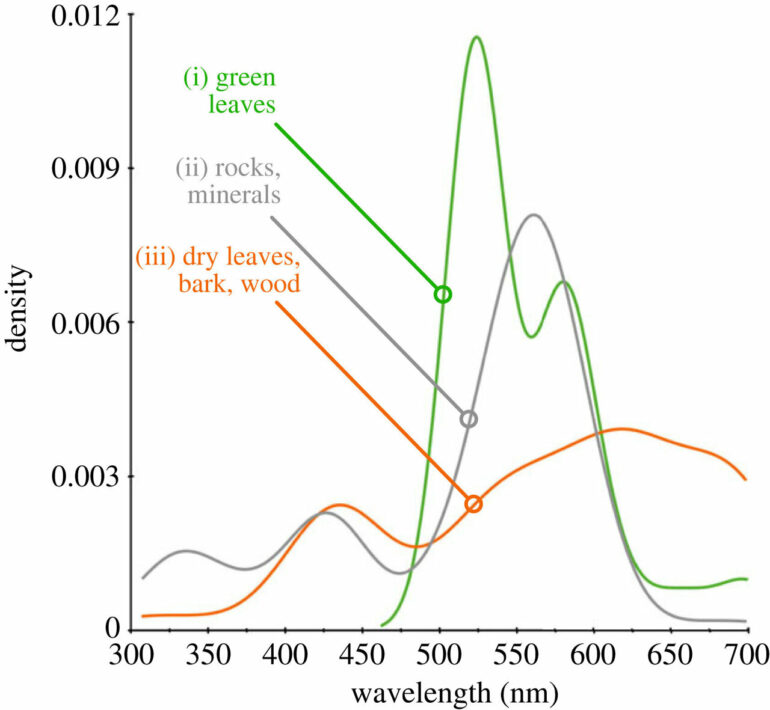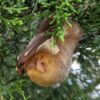New research led by Monash University experts used computer simulations to reveal the ancient link between bees and the evolution of colors in flowers. The research, published in Proceedings of the Royal Society B, simulated the landscape of the first flowering plants from many tens of millions of years ago, to test their visibility to pollinators like bees and birds.
Lead author and NativeBee+Tech Facility Director Associate Professor Alan Dorin, from the Faculty of Information Technology, said insects such as bees developed visual perception well before the first flowers appeared so that they could fly and orient themselves among rocks, leaves, sticks and bark.
“Our results proved that the first flowers evolved more dazzling colors to distinguish themselves from their dull backgrounds so they could attract ancient pollinators,” Dorin said.
To test whether bees evolved and viewed their current environment in the same manner as their ancestors viewed theirs, the researchers tested bees’ color perception against simulated prehistoric environments.
“Given that Australia is a geologically ancient continent, we used color spectrum measurements from the Australian bushland, from Cairns right down to the southern tip of Victoria, to simulate landscapes from when the first flowers evolved during the Mesozoic era, between 252 million and 66 million years ago,” Dorin explained.
Vision scientist and research co-author Associate Professor Adrian Dyer, from the Department of Physiology at Monash’s Faculty of Medicine, Nursing and Health Sciences, said this is the first time a strong link showing how the visual perception of ancient pollinators and the bees of today has guided flower color evolution.
“We can now see that, like their ancestors, bees have ultraviolet (UV), blue and green photoreceptors, which explains why some modern flowers have frequently evolved common colors like yellow in their petals as a response to what can be easily perceived by bees,” Dyer said.
The findings of this research will help inform how plant species are pollinated in contemporary times, and advance the study of smart agriculture or unlock potential for further research in the field of efficient crop pollination.
More information:
Alan Dorin et al, Ancient insect vision tuned for flight among rocks and plants underpins natural flower colour diversity, Proceedings of the Royal Society B: Biological Sciences (2023). DOI: 10.1098/rspb.2023.2018
Citation:
AI helps reveal the ancient origin story of floral colors (2024, February 4)



